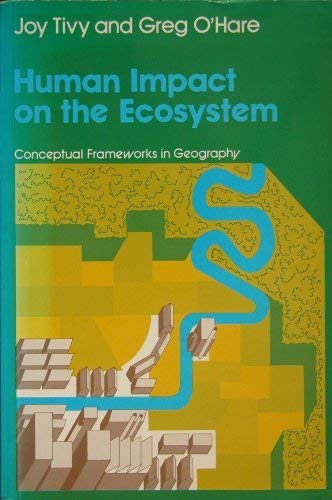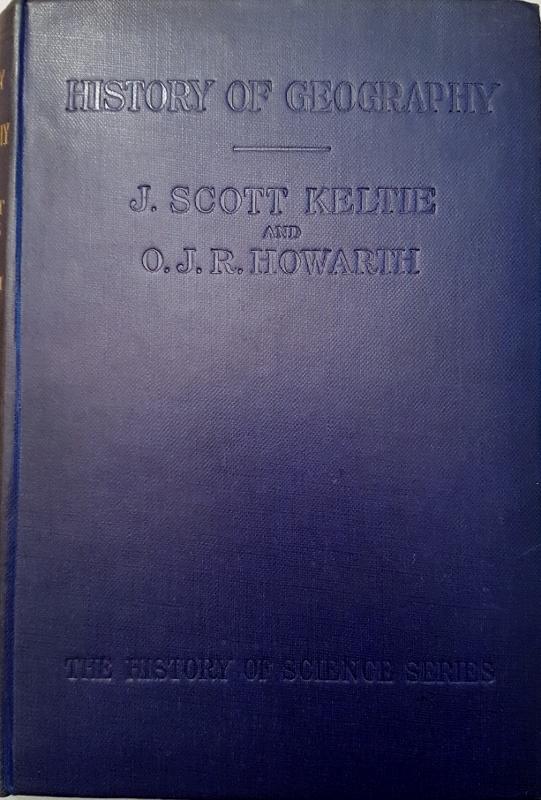This destroyed a large part of the GA's stock, and Fran Royle, who was then Production Editor (Publications Officer) and the other Solly St. staff had to order reprints of publications to restock the warehouse...

Update January 2021
Biographies of all the Presidents of the Geographical Association since the founding of the Association in 1893. Researched by Alan Parkinson (GA President 2021-22), with contributions from others, including the former Presidents themselves where possible.

 Ashley Kent
Ashley Kent




 He was very much influenced by the 'new' geography of Halford MacKinder, and used these ideas in his teaching as well (although by now they were not as new as they once were), writing about them in his work.
He was very much influenced by the 'new' geography of Halford MacKinder, and used these ideas in his teaching as well (although by now they were not as new as they once were), writing about them in his work. His Presidential year's conference is also described here - in this Nature piece.
His Presidential year's conference is also described here - in this Nature piece.




 Joy Tivy was a 20th century Irish physical geographer at the University of Glasgow.
Joy Tivy was a 20th century Irish physical geographer at the University of Glasgow.  References
References
 Updated August 2023
Updated August 2023 In the 1920s and 1930s Sidney Wooldridge lectured at King's on a combined geography and geology course with the London School of Economics (LSE).
In the 1920s and 1930s Sidney Wooldridge lectured at King's on a combined geography and geology course with the London School of Economics (LSE).







Im not the first @kclgeography academic to focus on Kent. S W Wooldridge first professor of geography wrote on the Weald, Alice Coleman wrote a guide to east Kent. Obviously important connections between London and Kent, now as ever! pic.twitter.com/ZhMlck8fOS
— Phil Hubbard (@PhilHubbard1) October 7, 2022
Catherine Duigan’s tweet reminded me of records I have of my mother, with her cousin, on a Kings College London geography field trip in the mid 1930’s. It is a mixed class, probably some geology students as well, with probably lead by Wooldridge #fieldtrip pic.twitter.com/FGnRIhfFfI
— Gina Douglas (@Gina_Douglas) September 7, 2020
A link with Michael Wise (another former GA President):



 A key figure in the formation of the IBG was C. B. Fawcett, pictured here.
A key figure in the formation of the IBG was C. B. Fawcett, pictured here.


 He was linked with the British Association for the Advancement of Science, for whom he was Secretary from 1909 to 1946.
He was linked with the British Association for the Advancement of Science, for whom he was Secretary from 1909 to 1946.





We were delighted to be visited by the Granddaughter of Osbert John Radcliffe Howarth who was a part of the Downe Home Guard stationed at Charles Darwin's former home, @HomeofDarwin! Jo spotted her grandfather in the photograph on display at our Museum! #homeguard #darwin #raf pic.twitter.com/oqZhoUIZUb
— Biggin Hill Memorial Museum (@BigginHillMMT) June 13, 2021
He's on here somewhere then...
I discovered in an issue of the Elizabethan the confirmation that he went to Westminster School, followed by Oxford University. This makes him an Old Westminster.
The extra information about him being involved with the production of the geography section of Encyclopaedia Brittanica was also really interesting. Another avenue to explore...
The magazine also had information on his wedding.
Another letter from H J Fleure to Hugh Robert Mill. I love these old letters in the GA Archives. I plan to go up to Solly Street this comin...
